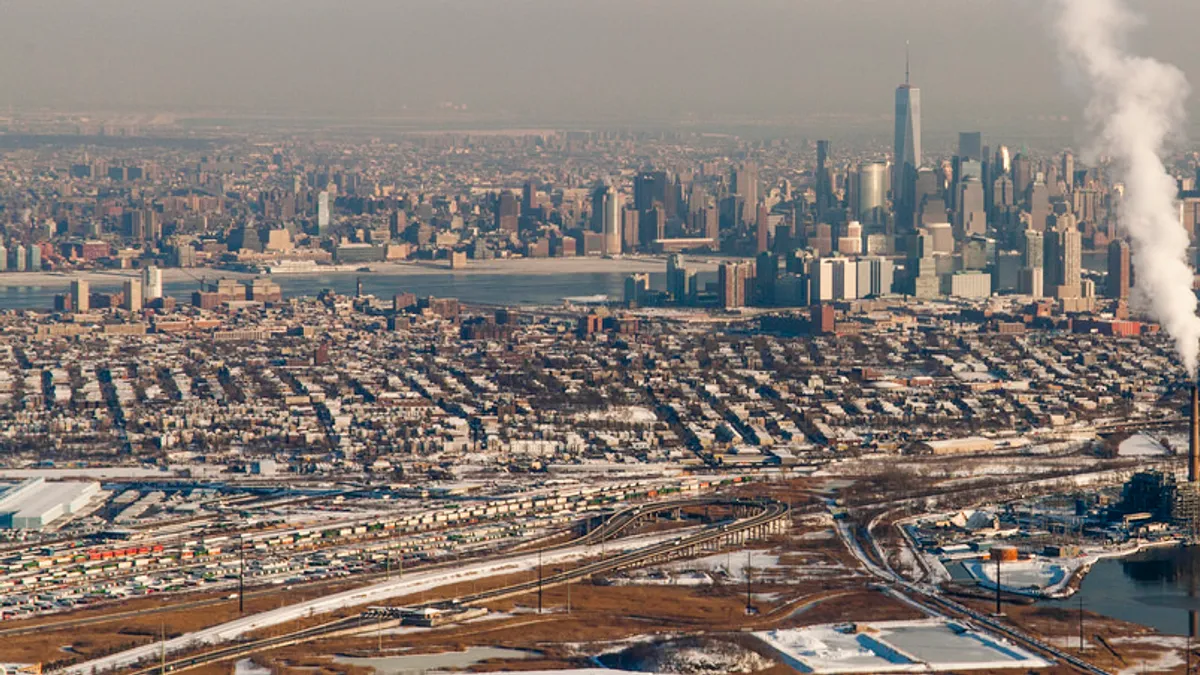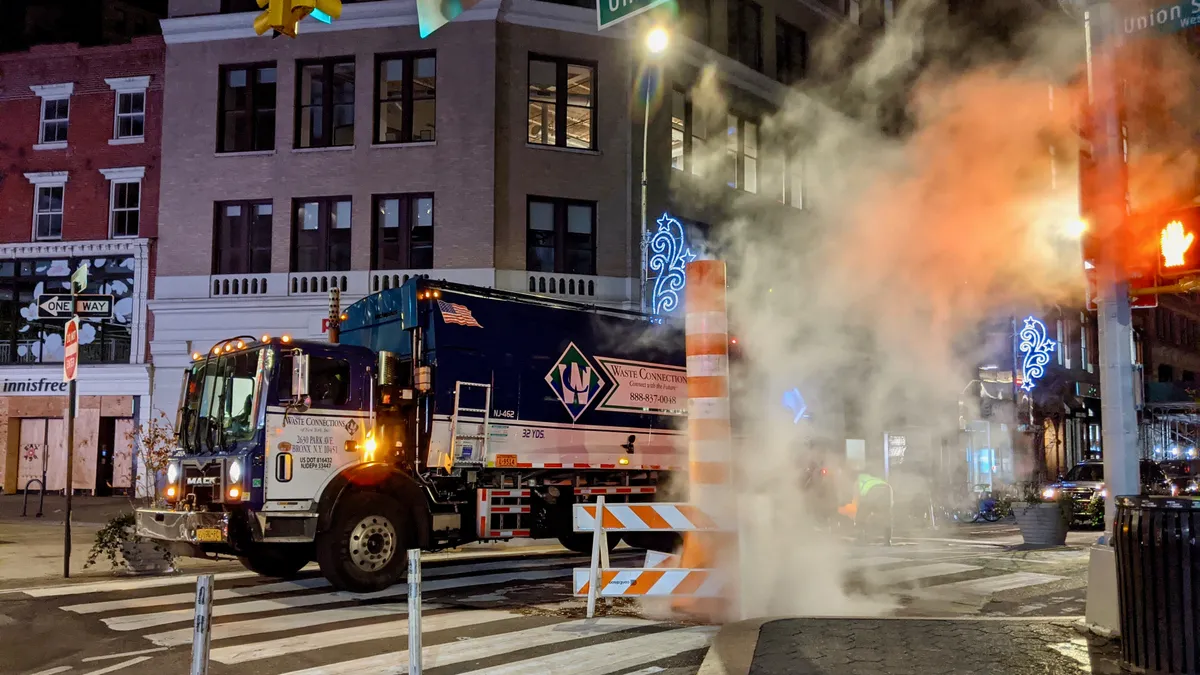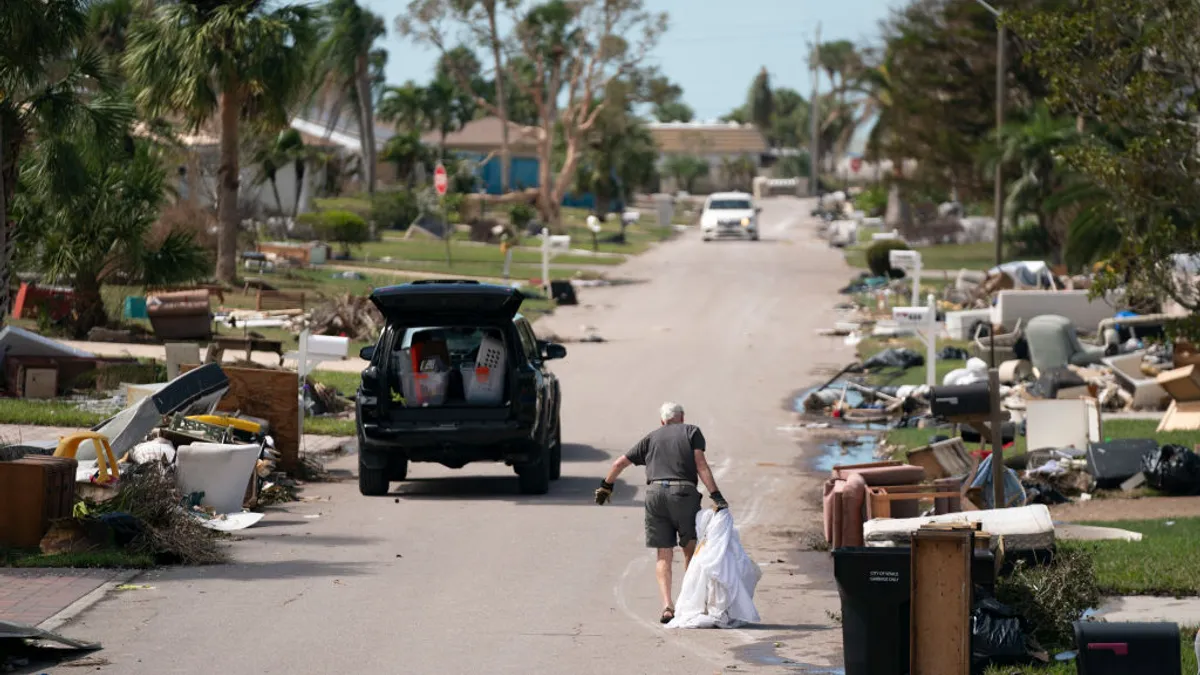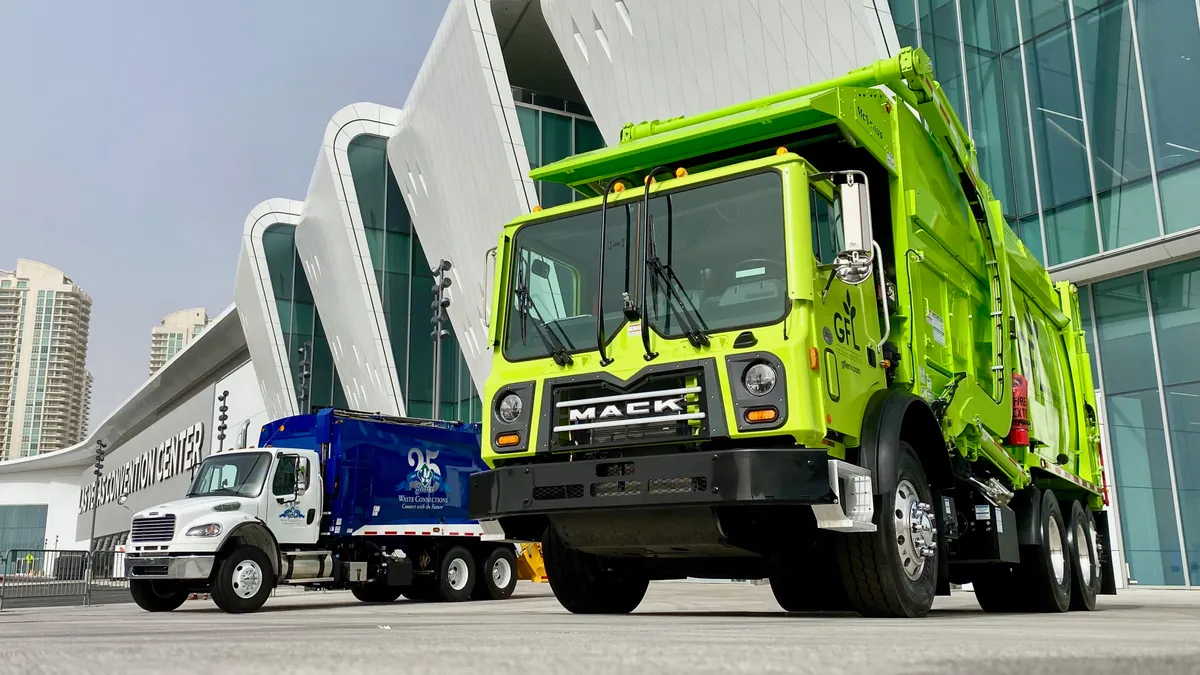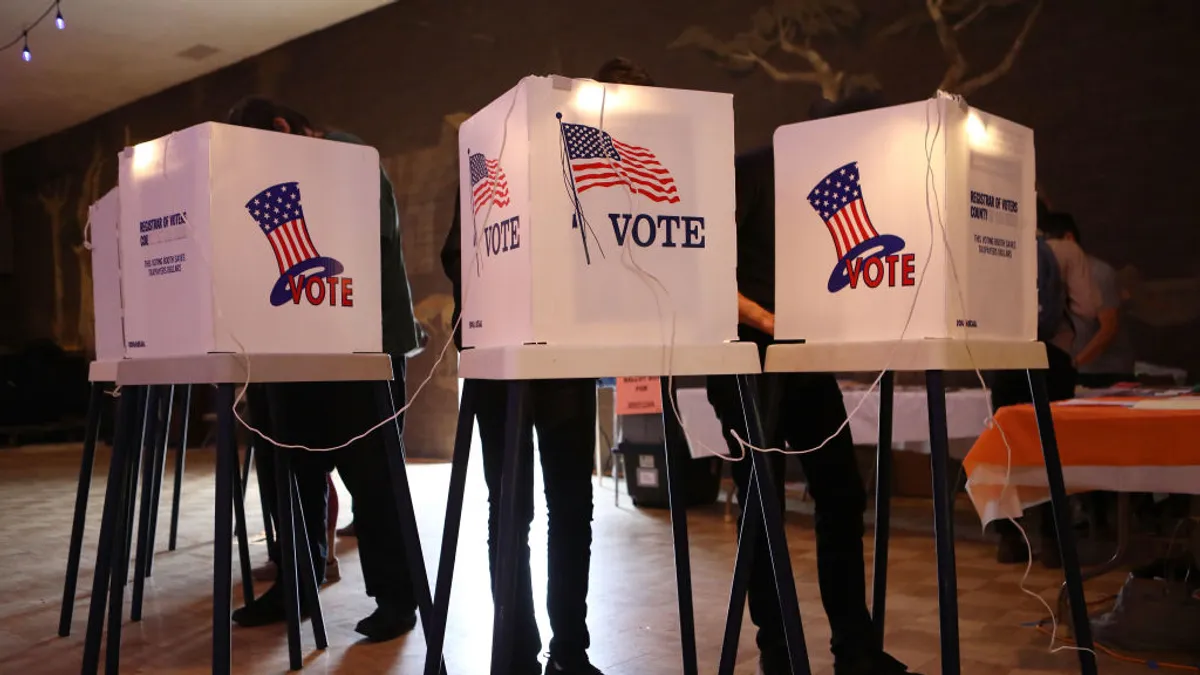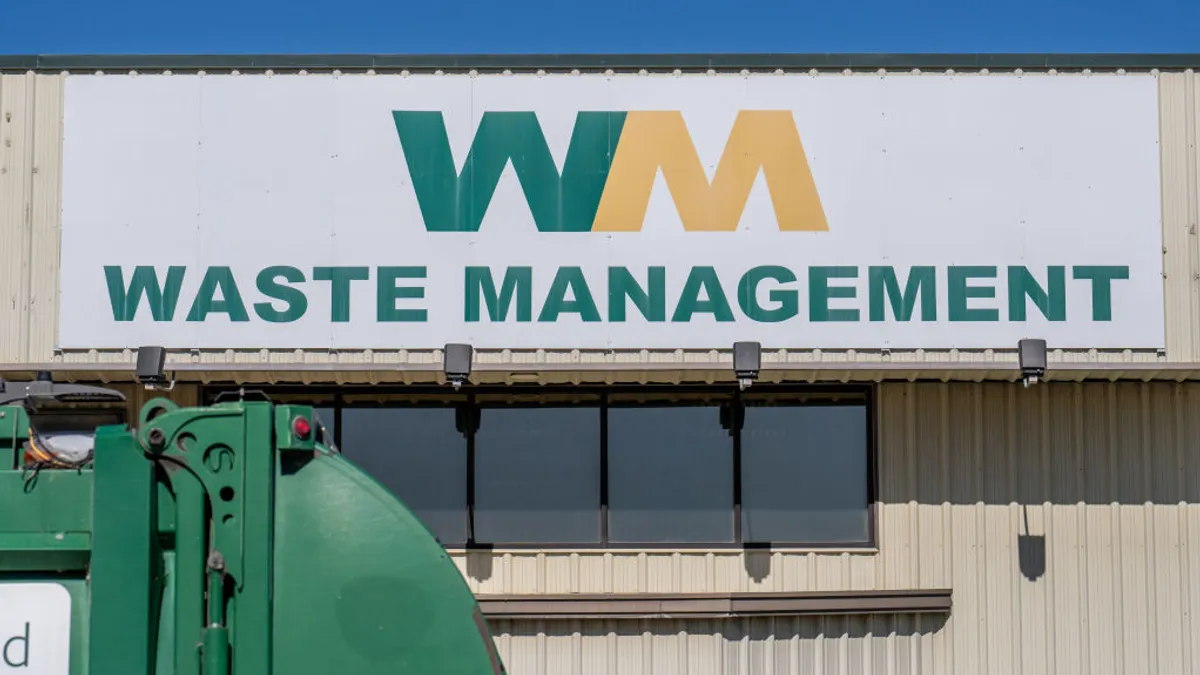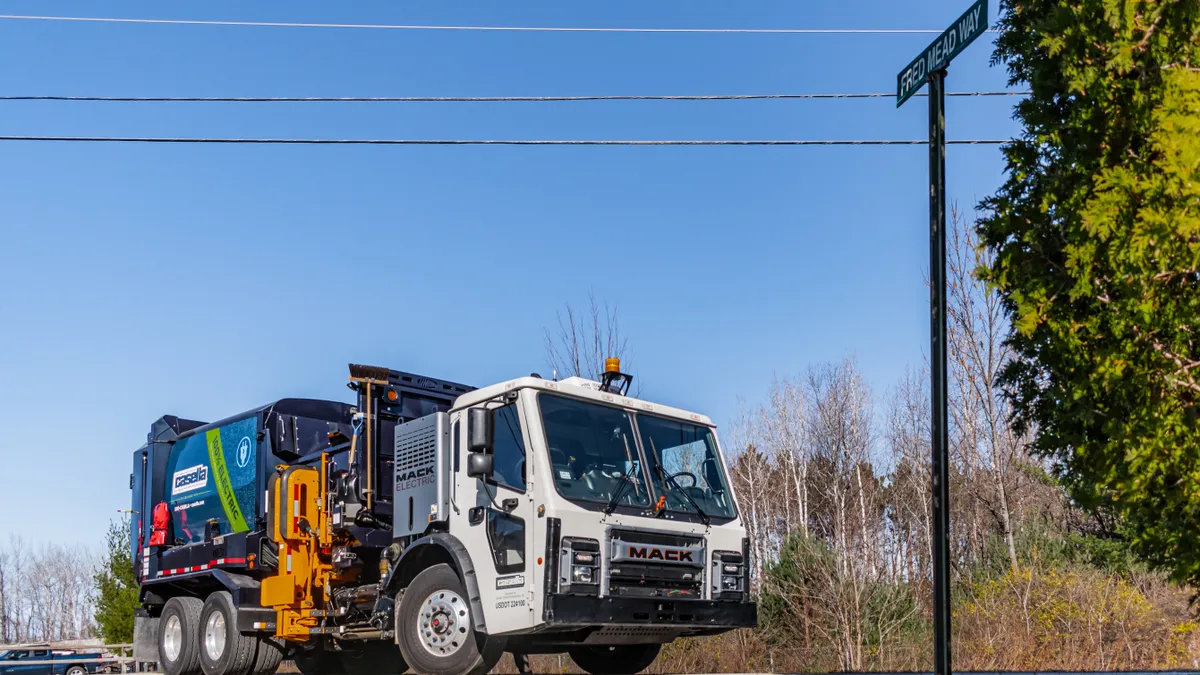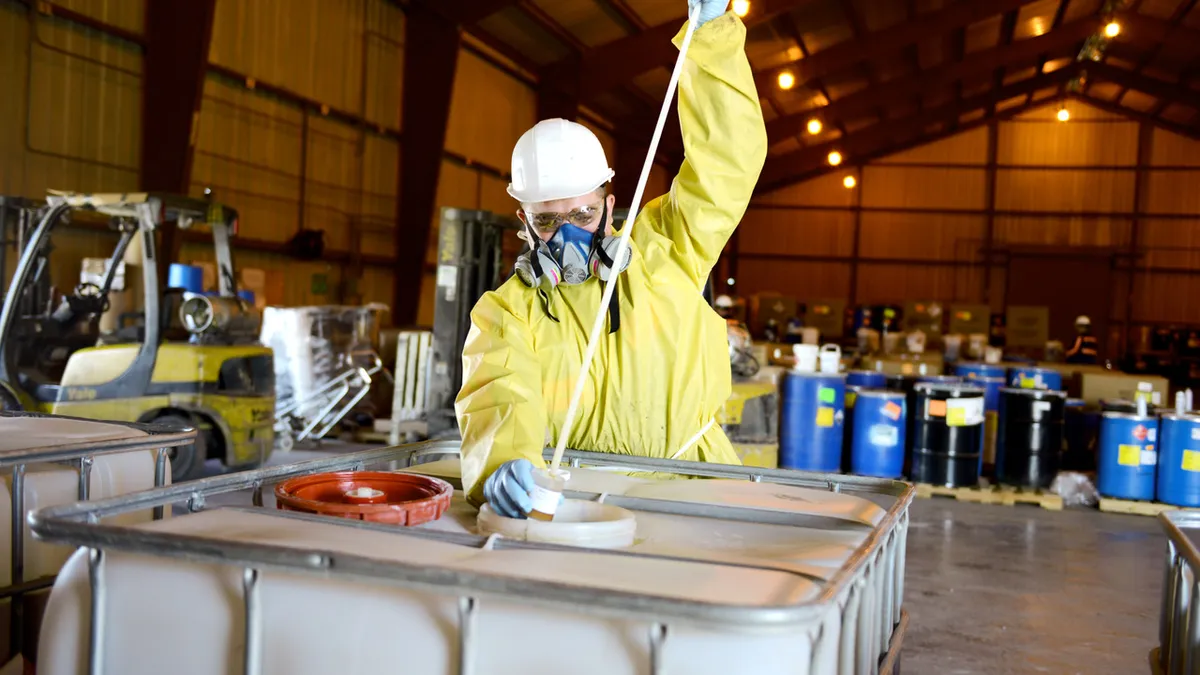Striking a balance when it comes to the equitable siting of waste facilities is hard for any city. New York knows this better than most.
A recent report from the New York City Council on proposed updates to the city’s “Fair Share” siting criteria for municipal facilities calls the current waste transfer station situation “one of the most egregious examples of inequitable distribution.”
The Department of Sanitation (DSNY) has been shifting toward a network of rail and marine transfer stations for more than 10 years, but ongoing delays have also continued a reliance on traditional private transfer stations. Even when the city’s plan is complete, many haulers in the commercial sector may continue to favor these private facilities because of lower tip fees. A 2014 bill aims to address the capacity of these transfer stations, particularly in the three areas where they’re most heavily concentrated, but has been losing support in recent months.
Originally created in 1989 — and last updated in 1991 — the city’s Fair Share rules were designed to ensure that no one community had to bear the burden of hosting too many necessary, but unpopular elements of city infrastructure. Common examples include waste transfer stations, truck garages, correctional facilities and shelters. A list of proposed reforms aim to increase the transparency, strength and relevancy of what the report portrays as a well-meaning but outdated system. One of the multiple recommendations is a prohibition on siting new facilities in overburdened communities.
Yet as recognized in the report none of these recommendations would address the specific issue of private transfer stations because the criteria only apply to facilities with long-term city contracts. Most private transfer stations either don’t work with DSNY or only do so through short-term contracts. Many of these transfer stations sprang up in the wake of the Fresh Kills Landfill closure, essentially moving environmental justice issues from Staten Island to other boroughs.
Figuring out how to spread responsibility for waste management in any city is an ongoing challenge that few have fully mastered. Newer vehicle technology is beginning to reduce the effects of truck emissions, though even the most well-run operations can still have their detractors.
David Biderman, CEO of the Solid Waste Association of North America, said he believes the situation will continue to improve as more marine transfer stations open and trucks are updated to meet emissions standards. Though he also noted that whether the traffic is from collection trucks, fire trucks or airplanes some amount of activity should be expected in the biggest city in the country.
“There isn’t a part of the city that does not have land uses that can’t be objected to by local residents,” he said. “That’s a reality of living in a big city like New York and we need to work together with elected officials and the communities that we serve as an industry to try to reduce the impact.”
Ensuring that facility operators are being good neighbors is a key part of this process. While updated Fair Share criteria could contribute to that dialogue, other cities have made their own progress without using such a system.
"There isn’t a part of the city that does not have land uses that can’t be objected to by local residents. That’s a reality of living in a big city like New York..."

David Biderman
CEO, Solid Waste Association of North America
Neil Seldman, director of the Institute for Local Self-Reliance’s Waste to Wealth Initiative, cited Washington, D.C. as an example. After ongoing public pressure during the late 1990s and early 2000s, the city led an effort to close multiple private transfer stations in exchange for offering haulers low rates to use two centralized municipal facilities.
Seldman said the best way to handle similar situations in other cities is open communication. Whenever new facilities are sited they should be a reasonable distance away from residential areas and also employ as many local residents as possible.
"The company that’s building or the city that’s building the facility has to have a good faith effort to work with the community," said Seldman. "Citizens will accept these facilities with I would consider modest guidelines to protect their interests."
As seen in Seattle, where the city recently opened a $108 million modern transfer station that encloses its operations underground and even has a playground, this model of community engagement can work for all involved.
Though imminent plans for new waste facilities haven’t been announced in New York, it is possible that future proposals for small anaerobic digesters or other types of recycling centers could emerge in the coming years as the city works toward its goal of “zero waste” by 2030. Depending on how these proposed Fair Share reforms fare in the final year of this current City Council there may be new tools for residents to use in that discussion.



